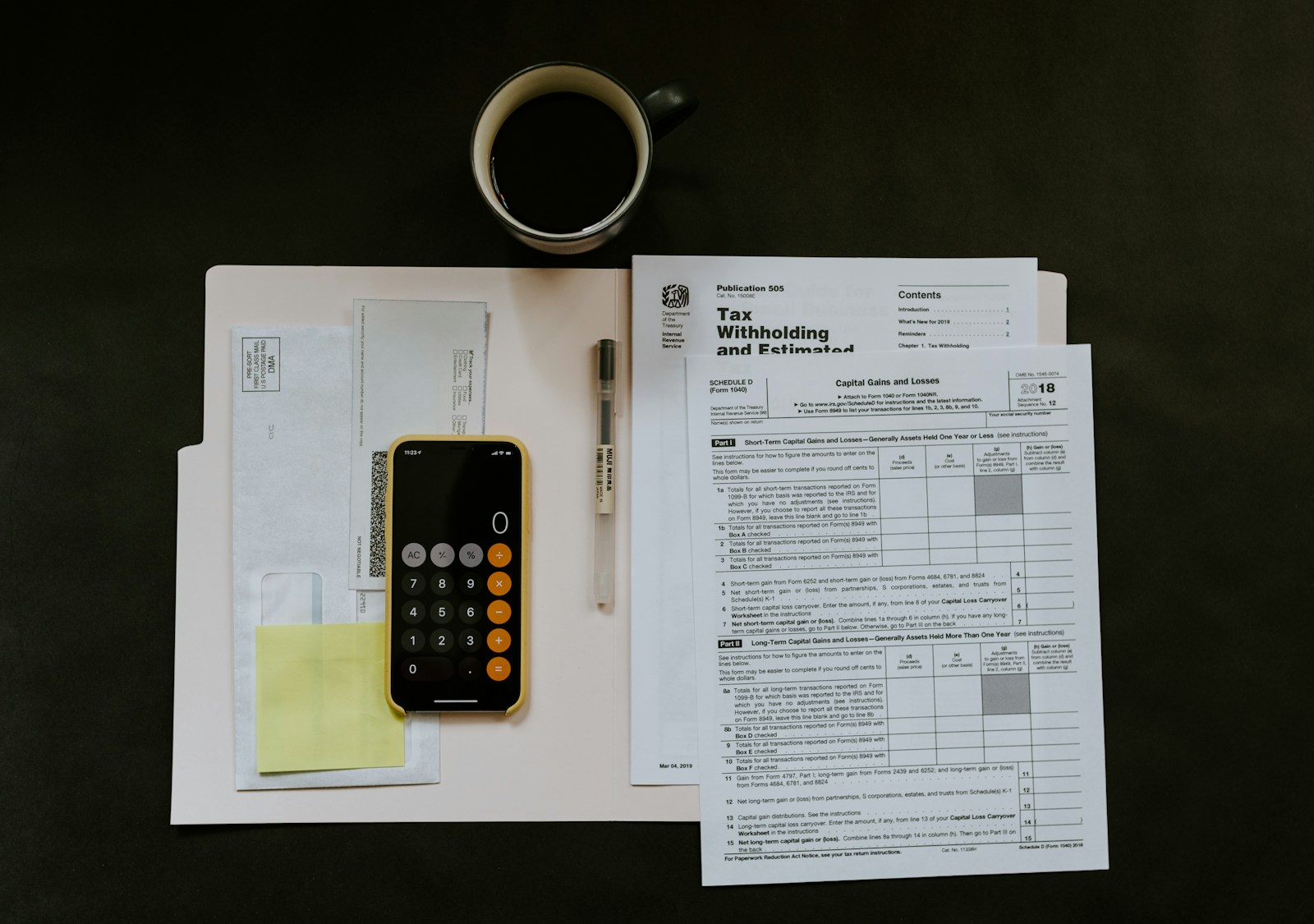Due from Account
When it comes to managing finances, it is essential to have a clear understanding of various terms and concepts. One such term that often confuses individuals is “Due from Account.” This article aims to demystify the concept of Due from Account, explaining what it means, how it is used, and its significance in the world of finance.
Table of Contents
What is a Due from Account?

A Due from Account refers to an asset account that represents the amount of money owed to a company or individual by another party. It is essentially a receivable that is expected to be collected in the future. Due from Accounts are commonly found on a company's balance sheet and are classified as current assets.
Due from Accounts can arise from various transactions, such as loans, sales on credit, or advances made to suppliers. These accounts represent the right to receive payment, and the amount owed is typically recorded as a debit entry in the company's books.
Examples of Due from Accounts

To better understand the concept of Due from Accounts, let's consider a few examples:
- Trade Receivables: A company sells goods to a customer on credit, allowing them to pay at a later date. The amount owed by the customer is recorded as a Due from Account.
- Loans: A bank lends money to an individual or business. The outstanding loan amount is recorded as a Due from Account until it is repaid.
- Advances to Suppliers: A company provides an advance payment to a supplier for goods or services. The advance amount is recorded as a Due from Account until the supplier fulfills their obligations.
These examples illustrate how Due from Accounts can arise in various business scenarios, highlighting the importance of tracking and managing these receivables.
Significance of Due from Accounts
Due from Accounts play a crucial role in financial management for both individuals and businesses. Here are a few reasons why they are significant:
- Cash Flow Management: Due from Accounts help individuals and businesses track the money owed to them, allowing for better cash flow management. By monitoring these accounts, one can anticipate incoming funds and plan their expenses accordingly.
- Financial Reporting: Due from Accounts are reported on a company's balance sheet, providing valuable information to stakeholders, investors, and lenders. These accounts reflect the company's ability to generate revenue and collect payments.
- Risk Assessment: Monitoring Due from Accounts helps identify potential risks and assess the creditworthiness of customers or counterparties. It allows businesses to take necessary actions to mitigate the risk of non-payment or default.
Case Study: XYZ Corporation
To further illustrate the significance of Due from Accounts, let's consider a case study of XYZ Corporation, a manufacturing company.
XYZ Corporation sells its products to various customers on credit terms. At the end of the fiscal year, the company's Due from Account shows a significant balance of $500,000. This balance represents the amount owed by customers for goods sold but not yet collected.
By analyzing the Due from Account, XYZ Corporation can gain valuable insights into its financial health. It can identify customers with outstanding payments, assess the risk of non-payment, and take appropriate actions to collect the dues.
Furthermore, the Due from Account helps XYZ Corporation forecast its cash flow for the upcoming months. By estimating the collection period and historical payment patterns, the company can anticipate when it will receive the outstanding payments and plan its operations accordingly.
Best Practices for Managing Due from Accounts
Effectively managing Due from Accounts is crucial for maintaining a healthy financial position. Here are some best practices to consider:
- Clear Credit Policies: Establish clear credit policies and terms for customers to ensure timely payments. Conduct credit checks and assess the creditworthiness of new customers before extending credit.
- Regular Reconciliation: Reconcile Due from Accounts regularly to identify any discrepancies or errors. This helps maintain accurate financial records and ensures that all outstanding amounts are accounted for.
- Timely Follow-up: Follow up with customers who have overdue payments promptly. Implement a systematic process for reminders, collection calls, and escalation if necessary.
- Proactive Communication: Maintain open lines of communication with customers to address any payment issues or concerns. Proactively reach out to customers to resolve disputes or negotiate payment plans.
- Automation and Technology: Leverage accounting software and automation tools to streamline the management of Due from Accounts. These tools can help track receivables, send automated reminders, and generate reports for analysis.
Conclusion
Understanding Due from Accounts is essential for effective financial management. Whether you are an individual or a business, tracking and managing these receivables is crucial for maintaining a healthy cash flow and assessing your financial position.
By recognizing the significance of Due from Accounts, implementing best practices, and leveraging technology, you can optimize your receivables management and ensure timely collection of outstanding amounts.
Remember, Due from Accounts represent the money owed to you, and by managing them effectively, you can strengthen your financial position and achieve your long-term financial goals.
